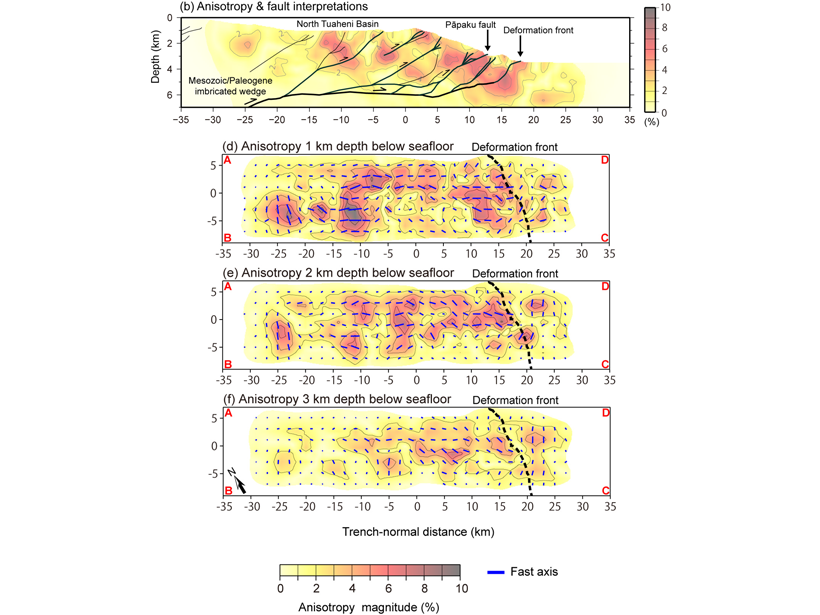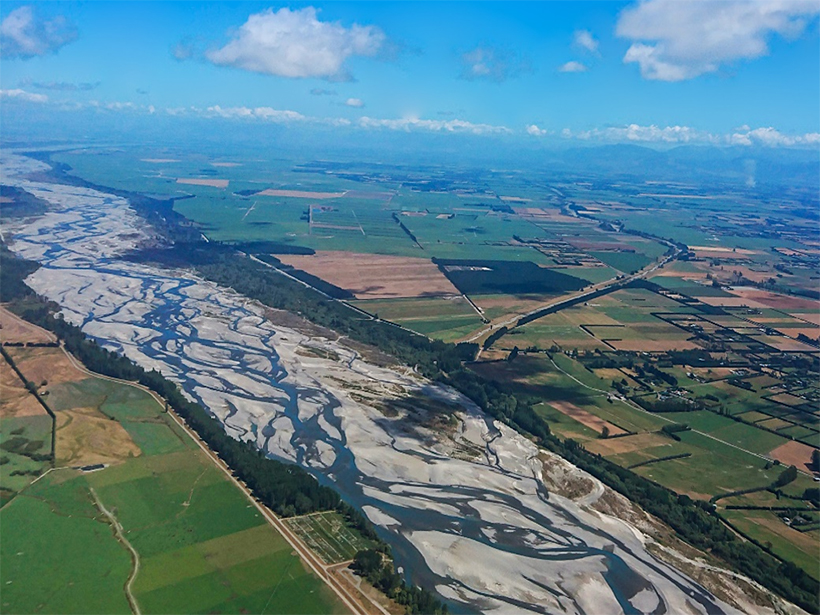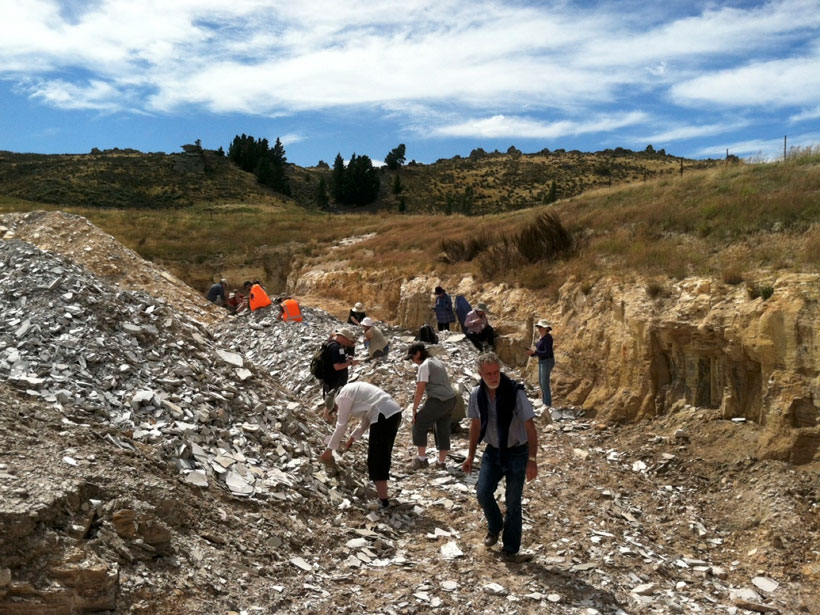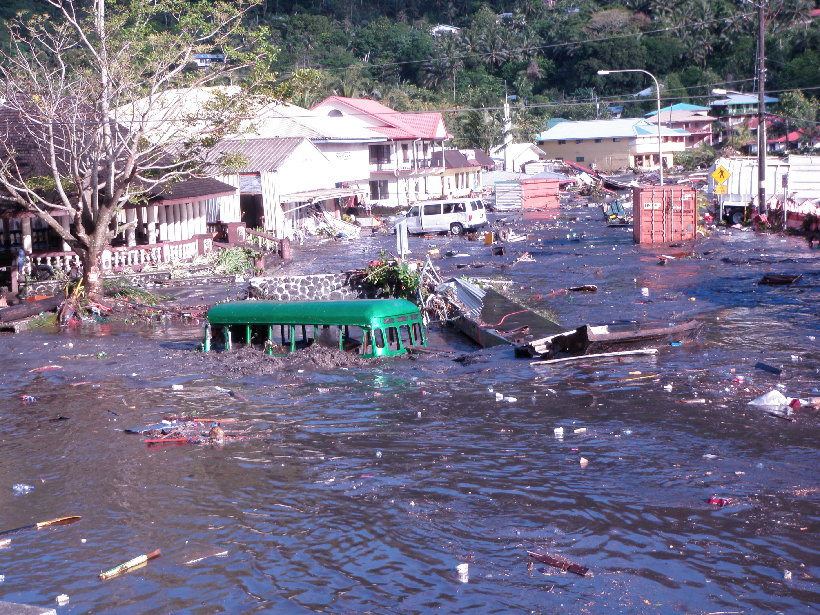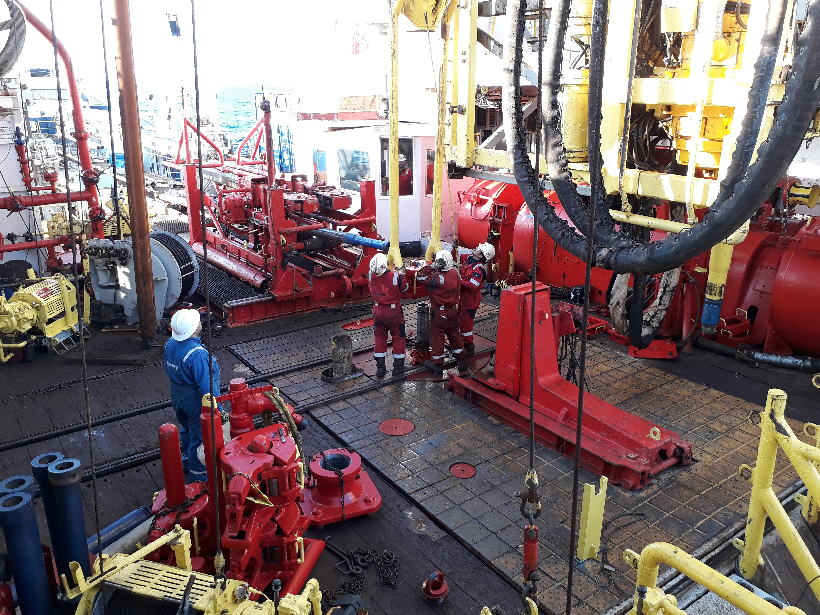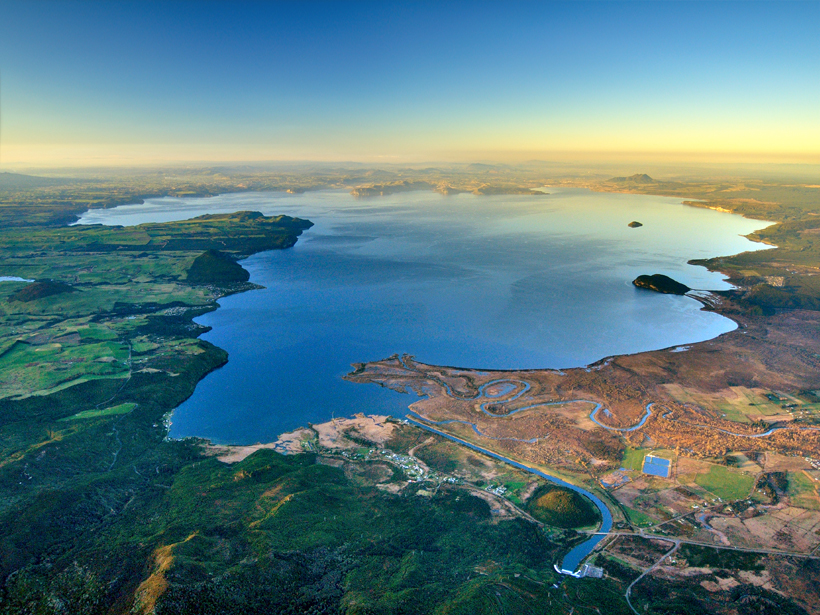Perhaps the most complex earthquake rupture ever studied is further constrained by signals from Earth’s ionosphere.
New Zealand
Ocean Sensors Record Rare Triple Tsunami near New Zealand
A new suite of DART buoys in the South Pacific Ocean spotted waves set in motion by three tsunamigenic earthquakes that occurred within hours of one another.
Fault Related Anisotropy in the Hikurangi Subduction Zone
A new study provides the first high-resolution three-dimensional anisotropic P-wave velocity model of the shallow part of the Northern Hikurangi subduction zone offshore New Zealand.
Can Volcano Forecasting Make Visiting Whakaari Safe Again?
Last year’s explosive eruption at the New Zealand volcano tragically took tourists by surprise.
The River’s Lizard Tail: Braiding Indigenous Knowledges with Geomorphology
Indigenous Knowledges can be accurate, rigorous, and precise, say researchers in New Zealand, and they can help geomorphologists see landscapes in a new, richer way.
Ancient “Pickled” Leaves Give a Glimpse of Global Greening
A unique fossil lake bed in New Zealand has revealed insights into global climate under elevated levels of carbon dioxide but is now off-limits to scientists.
Sensor Network Warns of Stealth Tsunamis
A next-generation network of seismic and wave sensors in the southwestern Pacific will warn coastal residents of an approaching tsunami before they see the wave.
Getting to the Bottom of Slow-Motion Earthquakes
For close to 20 years, slow-motion earthquakes have been an enigma. Core samples provide new clues to their origins.
Implications of a Supervolcano’s Seismicity
Last year’s rumblings beneath New Zealand’s Taupō supervolcano, the site of Earth’s most recent supereruption, lend new urgency to research and outreach efforts in the region.
Gas Bubble Forensics Team Surveils the New Zealand Ocean
An international research group recorded the acoustic signatures of gas bubbles rising from a hydrothermal vent field to gather clues about greenhouse gases escaping into the atmosphere.



